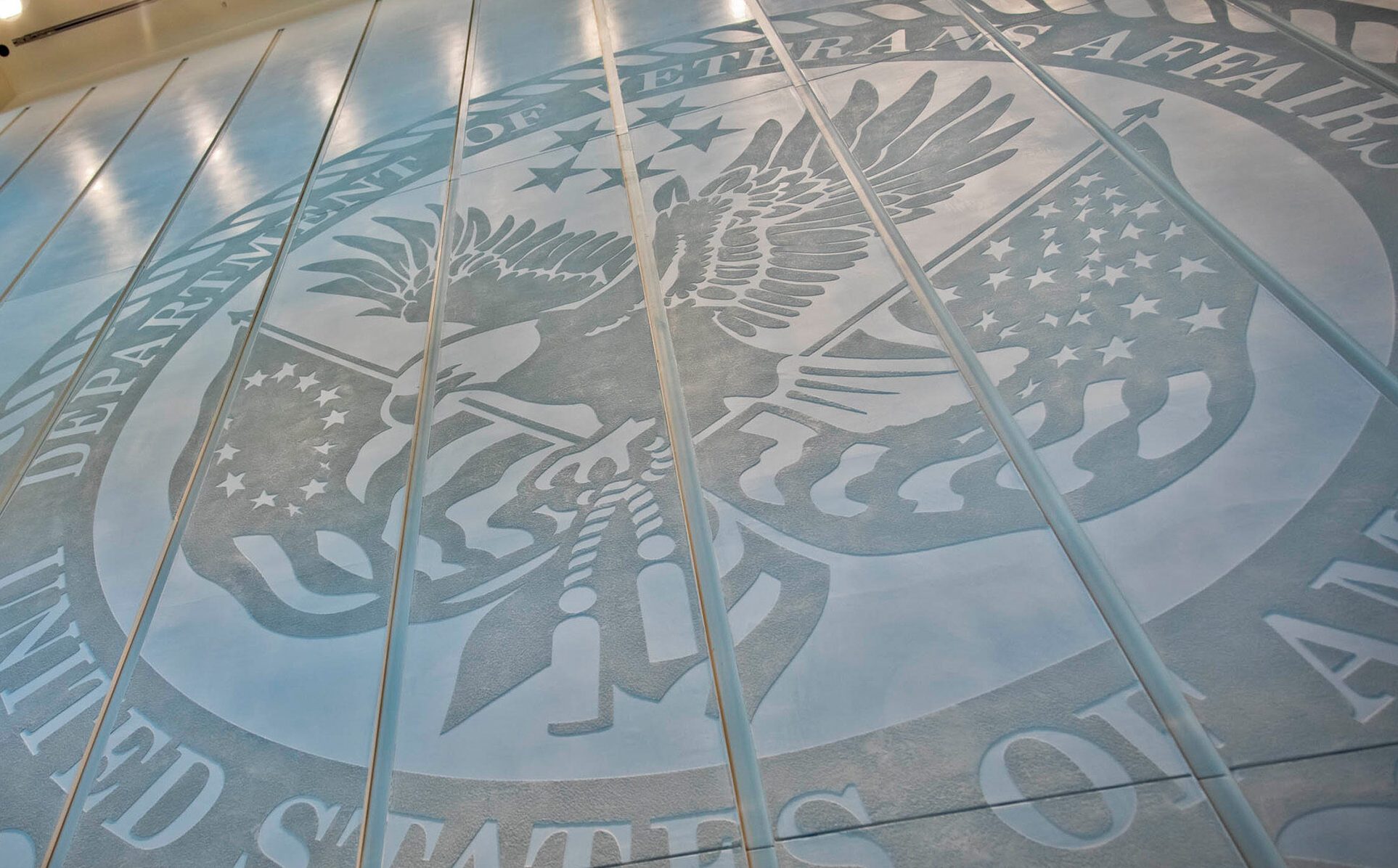Appears In
The U.S. Department of Veterans Affairs (VA) information technology infrastructure is one of the nation’s most valuable assets and the COVID-19 pandemic has tested its capabilities. Dominic Cussatt, Principal Deputy Assistant Secretary (PDAS) for the Office of Information and Technology (OIT) and Deputy Chief Information Officer, recently discussed how we maintained existing operations while also significantly expanding its bandwidth in response to the pandemic.
The response: A dramatic increase in telehealth and teleworking
VA delivers critical IT infrastructure, systems, and equipment 24/7 to more than 20 million Veterans and beneficiaries and more than 400,000 VA employees throughout VA including the Veterans Health Administration (VHA), the Veterans Benefits Administration (VBA), and the National Cemetery Administration (NCA). VA is also the nation’s backup for the millions enrolled in private and military healthcare systems, known as VA’s Fourth Mission.
VA’s Fourth Mission: serve as the nation’s backup for the U.S. military and private healthcare systems.
As the pandemic took hold, daily telehealth visits in VHA grew dramatically from 2,000 to 27,000. Added stress on network bandwidth also quickly intensified by the surge of VA employees suddenly forced to work remotely. To meet this demand, OIT delivered a threefold increase in telework capacity, 133k laptops, and 11k mobile devices. In a recent interview on Government Matters, Mr. Cussatt describes the response as an “all hands on-deck” exercise citing how OIT’s Digital Transformation strategy allowed VA to scale up very quickly. “And then…we have to hand it to the vendor community,” he said. “They really stepped up and were there for us.”
Ready to deliver: OIT’s pandemic response was years in the making
Although no one predicted this pandemic, OIT met its IT challenges thanks to the Digital Transformation strategy launched in 2018. Among other focus areas, this strategy called for VA to migrate to the cloud which accelerated OIT’s rapid response to increasing demands in telehealth, telework, and in hiring thousands of new employees. As the crisis erupted, OIT maintained focus on its many other key IT initiatives, such as the Electronic Health Records Modernization. “None of our daily operational duties changed when the virus hit,” Mr. Cussatt said. “Instead we focused on solving issues needing urgent attention and delivered those solutions thanks to the outstanding work by our staff and our vendors…And then once those things were in place, we could move back to some of those normal operations.”
Adapting to new ways to deliver services
OIT’s serves VA users and customers throughout the nation and its priorities have not changed as a result of COVID-19. What is changing is how these services are delivered such as continued increases in the use of telemedicine and online claims processing. “We are constantly looking for new and innovative ways to provide our Veterans with positive customer experiences to encourage them to work with us remotely.” he said. “We are now meeting the requirements of the priority list in different and more creative ways using telehealth and remote work.”
Mr. Cussatt encourages individuals interested in working on the latest innovations in IT to consider a career with OIT and learn how we are delivering a seamless customer experience for our staff, our business partners, and our Veterans.







